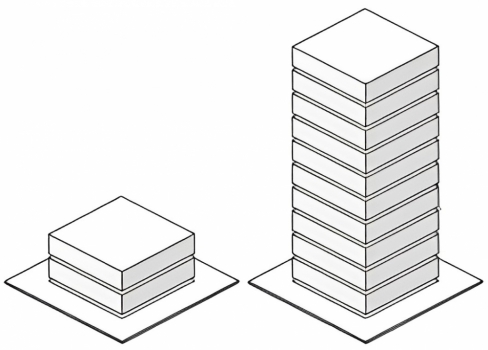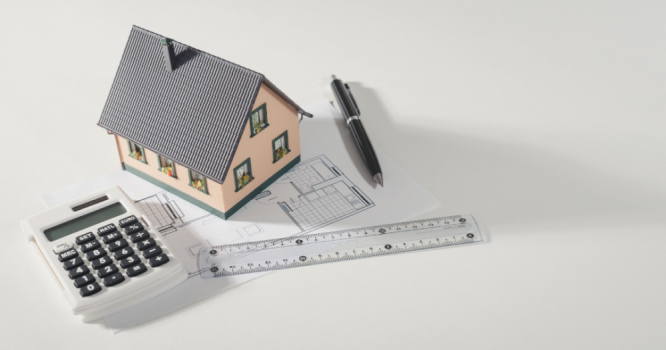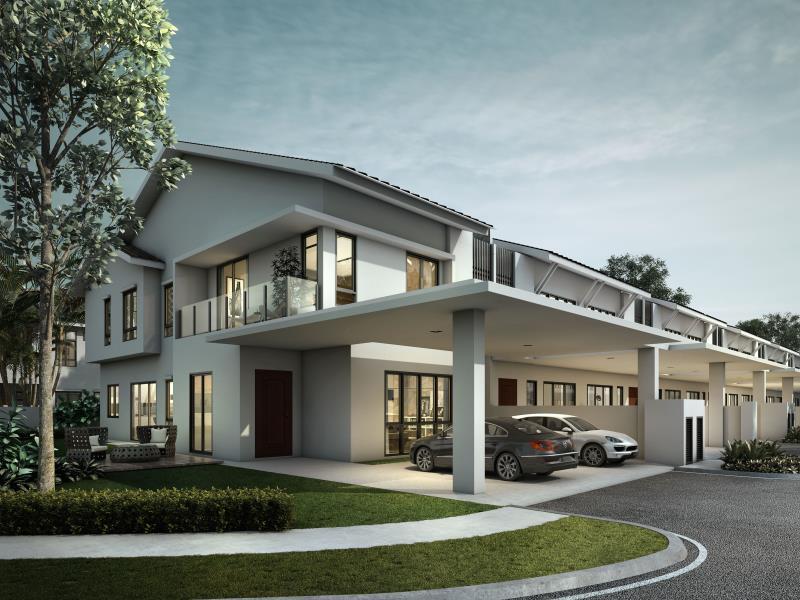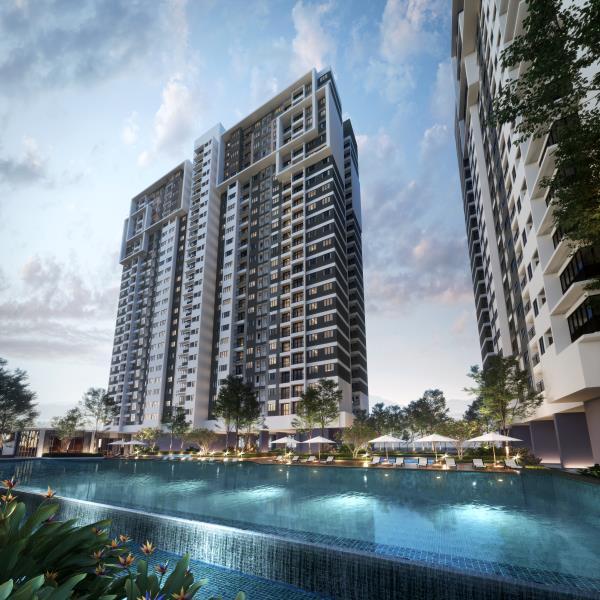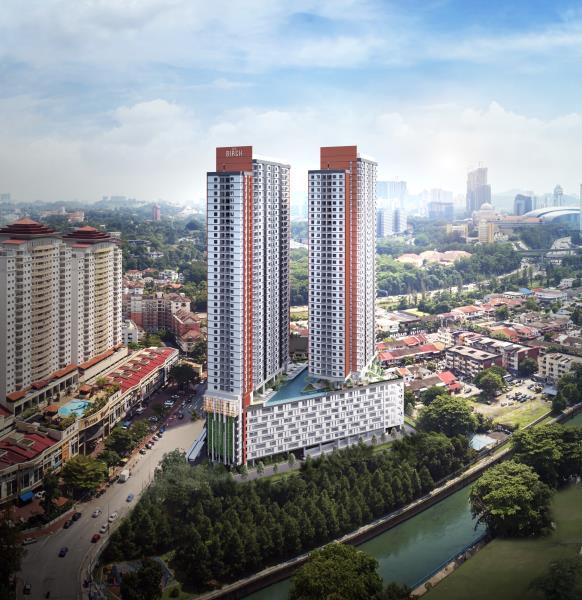Liquidated Ascertained Damages: Why You Should Know About It

Liquidated and ascertained damages (LAD) is a concept that holds significance in the realm of contracts and construction projects in Malaysia. It refers to a pre-determined amount of compensation that is agreed upon by parties involved in a contract, which serves as a remedy for one party's failure to meet specified obligations within the stipulated timeframe. LAD clauses are commonly included in contracts to provide a measure of protection to the non-breaching party by establishing a pre-determined amount of damages in case of a delay or breach.
In Malaysia, LAD clauses are widely recognized and upheld by the legal system. They serve as a means to ensure timely completion of projects and provide a remedy for the innocent party in the event of delays. LAD provisions offer certainty and clarity to both contractors and employers, as they provide a predetermined formula or rate for calculating damages. This allows parties to have a clear understanding of the potential consequences of any delay or breach and promotes efficient project management.
The application and enforcement of LAD clauses in Malaysia are governed by contract law principles and relevant statutory provisions. The precise details of LAD, including the calculation method, duration of the liability, and notice requirements, are typically specified within the contract. It is crucial for parties to carefully draft and negotiate these clauses to ensure they accurately reflect the intentions and expectations of both parties.
So When Is LAD Applied ?
We now know the context behind LAD, but when is it applied ?
When purchasing a property from a housing developer, the Housing Development (Control and Licensing) Act 1966 (HDA) includes provisions regarding the right to claim for liquidated and ascertained damages (LAD) in case of delays in delivering vacant possession. Clause 24(2) of Schedule G and Clause 25(2) of Schedule H of the HDA state that buyers have the right to claim LAD at a rate of 10% per annum of the property purchase price for any delay in receiving vacant possession. This compensation begins after the expiry of the agreed period for delivery of vacant possession and continues until the buyer receives the keys to the property.
Under the HDA, developers are obligated to deliver vacant possession of individual-titled landed homes within 24 months from the date of the Sales and Purchase Agreement (SPA). For strata-titled properties like serviced residences, condominiums, and apartments, vacant possession must be delivered within 36 months.
Thus, if you purchase a property under a strata title, you are expecting to receive the keys to your new home in 36 months from the date of SPA. If you receive the keys after 36 months, you will receive LAD due to the delay of the handing over of keys.
COVID-19 And LAD
In the context of the COVID-19 pandemic, the concept of liquidated and ascertained damages (LAD) can have implications for construction projects and contractual agreements. The pandemic has introduced unprecedented challenges and disruptions across various industries, including construction, leading to delays, supply chain interruptions, labor shortages, and government-imposed restrictions.
In January 2022, the Temporary Measures for Reducing the Impact of Coronavirus Disease 2019 (COVID-19) (Amendment) Act 2022 was enacted, introducing key amendments that affect housing developers and purchasers. These changes primarily impact Schedules G, H, I, and J of the Housing Development (Control and Licensing) Regulations 1989 (HDR 1989). The amendments are summarized as follows:
- Section 38(C) allows for the exclusion of the period from 1 January 2021 to 31 December 2021 from the calculation of claims for liquidated and ascertained damages (LAD). This provision applies to purchases made before 31 May 2021.
- Section 38(D) specifies that the period from 1 June 2021 to 31 October 2021 for the delivery of vacant possession can also be excluded. During this period, the purchaser will not be deemed to have taken vacant possession, as stated under subsection 38(C)(2).
- Section 38(E) states that the period from 1 June 2021 to 31 October 2021 shall be excluded from the calculations of the defect liability period. This applies to the period after the delivery of vacant possession of the house and completion of common facilities.
- Section 38(F) clarifies that the changes in sections 38(B), 38(C), 38(D), and 38(E) will not affect cases involving late payment charges or LAD claims during the period from 24 October 2021 until the immediate date before the implementation of this part of the Act. Any late payment charges or LAD claims that have already been paid by the responsible parties before the implementation date will be considered as "validly paid" under the Housing Development (Control and Licensing) Act 1966 (HDA 1966) and will not be refunded.
In summary, during the COVID-19 era, purchasers will have to deduct a certain amount of days to claim for LAD, in accordance to the changes in the law during the brief period of time.
So When Will LAD Begin ?

Previously, there was a lack of consensus among Malaysian judges regarding the start date for calculating liquidated and ascertained damages (LAD) in housing disputes. The confusion revolved around whether the LAD should be calculated from the expiry of the agreed period (e.g., 36 months) from the date of signing the Sales and Purchase Agreement (SPA) or from the date of payment of the booking fee/earnest deposit.
From the purchaser's perspective, it was argued that the LAD should commence from the expiry of the agreed period from the date of payment of the booking fee. This argument allowed purchasers to claim a higher amount of LAD due to the longer duration of the delay in receiving vacant possession.
On the other hand, developers relied on the terms of the SPA, asserting that the LAD should be calculated from the date of signing the SPA. Although the SPA stipulated a 36-month (or any other period) timeframe for delivering vacant possession from the date of signing, developers commonly collected booking fees in advance to secure a specific unit.
From the purchaser's viewpoint, the payment of the booking fee indicated their selection of the desired unit and their commitment to purchasing the property. The signing of the SPA was viewed as a subsequent formality, often occurring later after the SPA had been prepared by a solicitor. This added further confusion to the issue.
Recently, this matter was finally resolved through a landmark case, PJD Regency Sdn Bhd v Tribunal Tuntutan Pembeli Rumah & Anor and Other Appeals (Appeal No.: 01(f)-29-10/2019(W)). The Federal Court, Malaysia's highest appellate court, ruled that the start date for calculating LAD should begin from the date of payment of the booking fee.
An Example Of How LAD Is Calculated (Without COVID-19 Exemption)
To make it easier to understand, we did not include the exemption for the delay due to COVID-19.
Here's the information presented in a table format, including the calculation of LAD:
| Property Purchase Price | Date of Booking Fee | Expected Completion Date | Actual Date of Vacant Possession | Days of Delay | LAD Calculation |
|---|---|---|---|---|---|
| RM 500,000 | 01/01/2019 | 31/12/2022 | 30/04/2023 | 121 days | (RM 500,000 x 10% x 121 days) / 365 days |
| = RM 16,575.34 |
Therefore, the property developer will have to compensate an amount of RM 16,575.34 due to the delay of handing over the keys to the purchaser.

